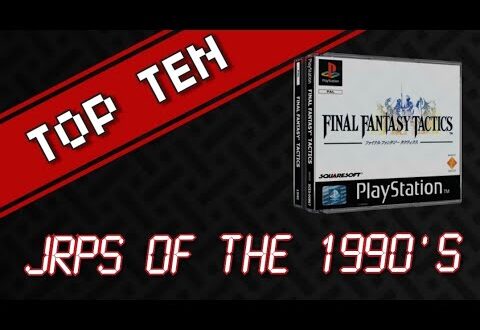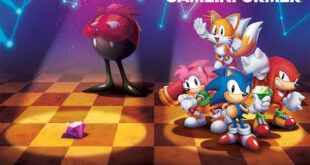The 90s were an era of transformation for the JRPG genre, with each title delivering not just captivating narratives but also pushing the envelope in terms of graphics and gameplay.
10. Wild Arms

“Wild Arms” introduces players to a unique blend of fantasy and Wild West themes, where ancient technology and magic collide. The story follows a group of adventurers seeking to prevent the demon race from returning to power.
With 2D sprite character models set on 3D backgrounds, the game was visually impressive for its time, particularly during spellcasting and combat sequences.
The traditional grid-based movement system allowed for easy navigation, while the tool system provided innovative puzzle-solving mechanics.
9. “Breath of Fire III”
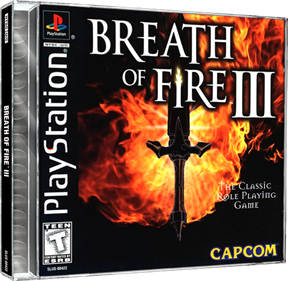
Story: This title tells the story of Ryu, a boy with the power to transform into dragons, as he uncovers the truth about his origins and contends with the powerful and manipulative organization, the Church of Eva.
“Breath of Fire III” featured vibrant, hand-drawn sprites and beautifully rendered 3D backgrounds, setting it apart in the PlayStation’s JRPG lineup.
The game’s controls were straightforward, with a combat interface that allowed for intuitive dragon transformations and tactical combat.
8. “Suikoden II”

In “Suikoden II,” players are plunged into a tale of war, betrayal, and friendship as they build an army to confront a corrupt empire and a friend turned foe.
The game boasted detailed sprites and environments, utilizing the PlayStation’s hardware to enhance the visual storytelling.
With responsive controls and an easy-to-navigate menu system, players could manage their large party and engage in strategic battles seamlessly.
7. “Xenogears”

“Xenogears” weaves a complex narrative of existential questions, centering on Fei Fong Wong and his battles against the mysterious forces that manipulate his world.
It featured a mix of 2D sprites on 3D backgrounds and was notable for its anime cutscenes, which added depth to the storytelling.
The game introduced a unique combat system that combined traditional JRPG elements with a combo-based martial arts mechanic, providing a fresh gameplay experience.
6. “EarthBound”
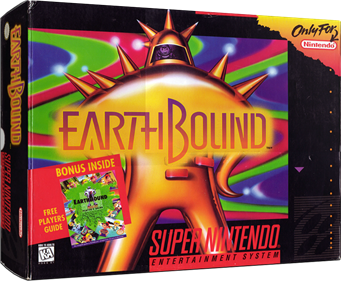
Story: Known for its humor and satire, “EarthBound” follows Ness and his friends on a quest to save the world from an alien threat, all while offering commentary on American culture.
Its graphics were a departure from traditional fantasy, presenting a contemporary setting with a cartoonish, colorful art style.
The game featured a simple control scheme and an innovative “rolling HP meter” that added a real-time element to turn-based battles.
5. “Dragon Quest VI: Realms of Revelation”
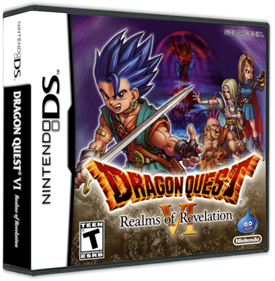
The narrative involves traversing between the real world and the dream world to prevent an evil demon from conquering both realms.
With Akira Toriyama’s character designs, the game’s vibrant sprite work and environments were top-notch, delivering a visual treat on the SNES.
It retained the classic control scheme of its predecessors, providing a familiar and accessible experience for fans of the series.
4. “Final Fantasy Tactics”

This game presents a dark and complex tale of political intrigue in the kingdom of Ivalice, where class and betrayal lead to a profound conflict.
“Final Fantasy Tactics” featured isometric battlefields with detailed sprites that allowed for strategic gameplay depth.
The controls were precise, allowing players to navigate the complexities of tactical combat and character management with ease.
3. “Chrono Trigger”
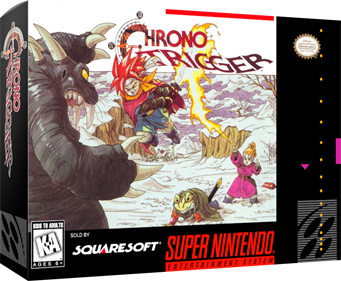
“Chrono Trigger” is a time-traveling epic where players thwart a planetary apocalypse, with each era visited having its distinct storyline.
Its vibrant and detailed pixel art set a new standard for SNES RPGs, while the character animations brought the game’s world to life.
The game was innovative with its Active Time Battle system, which allowed for fluid combat and combo attacks without the need for a separate battle screen.
2. “Final Fantasy VII”
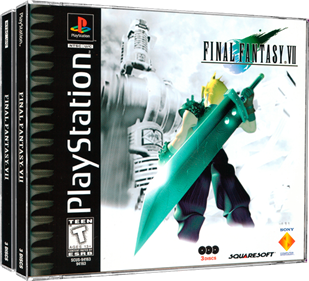
The game follows Cloud Strife and his allies as they battle the corrupt megacorporation Shinra and the enigmatic Sephiroth, exploring themes of identity and environmentalism.
“Final Fantasy VII” was groundbreaking with its 3D models over pre-rendered backgrounds and cinematic full-motion videos.
The controls were intuitive, allowing players to easily adapt to the ATB system and navigate the game’s expansive world and complex materia magic system.
1. “Final Fantasy VI”

In “Final Fantasy VI,” a diverse cast of characters band together to fight against the tyrannical Empire and the mad jester Kefka, touching on themes of hope, freedom, and resistance.
Its sprite-based art was some of the most sophisticated on the SNES, with large, expressive character sprites and detailed environments.
The game introduced a real-time battle system with Active Time Bars, making combat more dynamic, and it was complemented by a straightforward interface that made managing a large ensemble cast manageable.
 Retro-Replay.com Retro gaming reviews, news, emulation, geek stuff and more!
Retro-Replay.com Retro gaming reviews, news, emulation, geek stuff and more!
